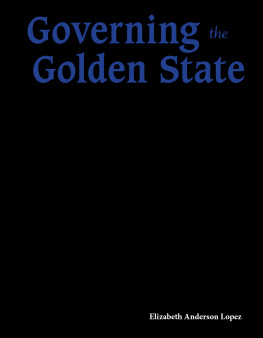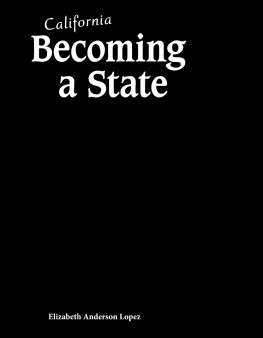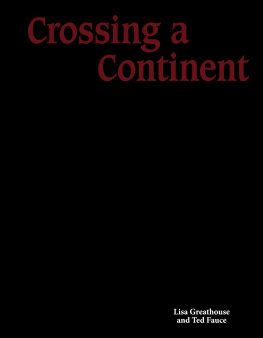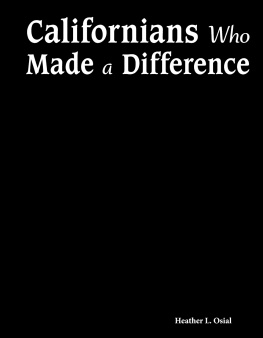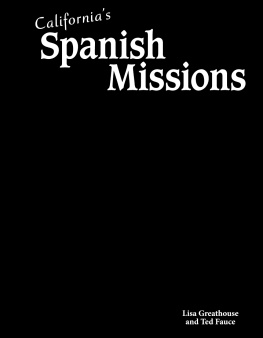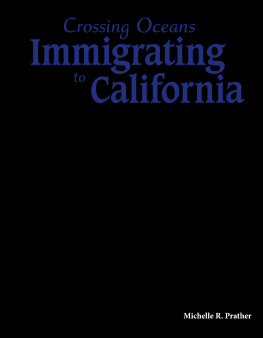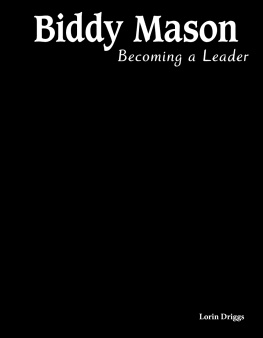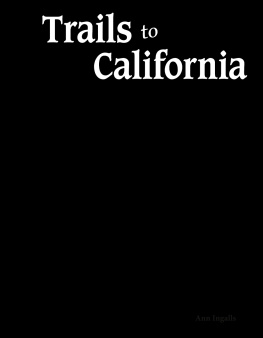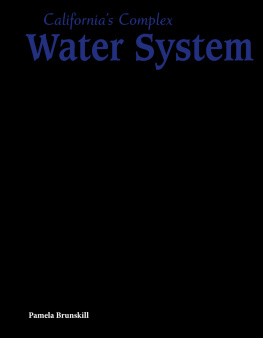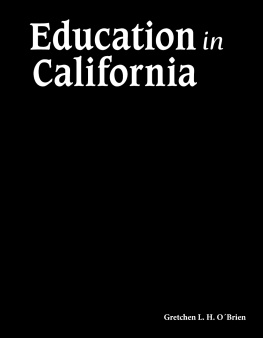0covercover.xhtmlGoverning the Golden State Elizabeth Anderson Lopezcover1page0001page0001.xhtml22page0002page0002.xhtml33page0003page0003.xhtml44page0004page0004.xhtmlTable of Contents What Is Government 4 Framing the US Government 6 State Government 12 Local Government 18 Power of the People 22 California's Strength 27 Propose It 28 Glossary 30 Index 31 Your Turn 32 355page0005page0005.xhtmlWhat Is Government? Government is a system of rules and laws. It also includes the people who make, enforce, and interpret those laws. It has many levels. The federal government rules the whole country. California has its own state government. It is modeled after the federal level. Within states, there are counties and cities. These smaller areas also have laws and leaders. By voting, all citizens can help improve the way their cities, states, and even the country are run. They can pick the leaders they want. They can vote for or against laws. People should speak up when they are happy or unhappy with what elected leaders at all levels are doing. Why? Because government leaders work for the people.
Running for President There are three requireme nts to run for president. 1. The candidate must b e at least 35 years old. 2. The candidate must b e a natural-born citizen of the United States. 3. The candidate must h ave lived in the United States for at least 14 years. Richard Nixon was the first president born in California.66page0006page0006.xhtmlPresident Barack Obama gives a speech to Congress.77page0007page0007.xhtmlFraming the U.S. Government In 1787, the United States was still a young country. Its original government was not working. Something had to be done. A group of delegates met in Philadelphia to fix the problem. These men were called the framers. They set up the plan for the new government. The plan they came up with was the U.S. Constitution. Not everyone in the country agreed with this bold, new plan. They thought the new government would have too much power. They felt their rights might be taken away. So, the Bill of Rights was added. These first 10 amendments protect the rights of the people. The Bill of Rights became part of the Constitution in 1791. The Bill of Rights88page0008page0008.xhtmlOn September 17, 1787, the U.S. Constitution was signed. Hamilton's Mistake There are some errors in the Constitution. Alexander Hamilton was one of the delegates. He took charge of the signing process. He wrote the names of the states next to each signer's name. Next to Benjamin Franklin, he misspelled Pennsylvania as "Pensylvania. "99page0009page0009.xhtmlThe Three Branches The framers didn't want one person or group to have too much power. That's why they split the federal government into three branches. The branches are legislative, executive, and judicial. Each group has a different job. The legislative branch makes the laws. The executive branch enforces the laws. The judicial branch interprets the laws. The leaders of the three branches work together. They make sure the other groups are doing their jobs. This system is called checks and balances. Congress is the legislative branch. The Senate and House of Representatives make the laws. The president runs the executive branch and makes sure the laws are followed. The Supreme Court is the judicial branch. The justices who sit on this court make sure the laws are fair. Executive Branch The president, vice president and cabinet enforce laws.1010page0010page0010.xhtmlLegislative Branch Congress, which is made up of the House of Representatives and Senate, makes laws. Judicial Branch The U.S. Supreme Court interprets laws.1111page0011page0011.xhtmlU.S. and State Constitutions The Constitution is the blueprint for how to rule the United States. It is also the supreme law of the land. This means that all federal laws overrule state laws. Each state has its own constitution, too. That is the plan for how to run the state. California's was approved in 1849 before it became a state. State and federal constitutions have some things in common. They outline how the government will be structured. They each have a preamble, articles, and sections. And they each have a bill of rights. However, there are some things that are different. The laws in state constitutions deal with state issues. It is easier to change state constitutions. California's state constitution has been revised more than five hundred times!1212page0012page0012.xhtmlThe U.S. Constitution And the Winner IsFederal! The framers of the Constitution knew there might be clashes between the federal and state governments. So, they tried to solve problems when they could. Article VI, Section 2 is known as the Supremacy Clause. It says that states will not interfere with federal matters. The clause also notes that federal laws overrule all state laws. That's a Lot of Words! The U.S. Constitution may seem long. It has about 4, 500 words. But California's constitution is more than 15 times longer! The shortest state constitution is Vermont's. It has 8, 295 words!1313page0013page0013.xhtmlState Government California has the same structure as the federal government. It uses the same checks and balances. The state legislative branch makes laws. The executive branch of the state enforces these laws. And the state's judicial branch interprets the laws. These three groups work with each other to decide how to run things in the state. Legislative Branch California's legislative branch has two parts. The state assembly has 80 members. Each member is elected for a two?year term. The state senate has 40 members. They are elected for four?year terms. People in the assembly and senate are elected based on the districts where they live. They make state laws. They also approve the state budget.
Sheila James Kuehl In 1994, Sheila James Kue hl became the first openly gay person elected to the California State As sembly. Six years later, Kuehl was ele cted to the state senate. By 2007, she had written 171 bills that were signed into laws.1414page0014page0014.xhtml Earl Warren was born and raised in California. In 1914, he earned a law degree from the University of California, Berkeley. Three years later, he joined the army. After that, Warren spent most of his life in politics. He served as California's governor for 10 years. In his third term, he was appointed as the chief justice of the U.S. Supreme Court. He held that role for 16 years. Earl Warren California senate chambers1515page0015page0015.xhtmlExecutive Branch The state's executive branch is set up like the federal one. The governor leads the state for a four?year term. His or her job is to enforce state laws and to control the state budget. The governor makes sure the state is ready in case of an emergency. This branch includes other people, too. The lieutenant governor is like a vice president. He or she can take the place of the governor, if needed. The attorney general is the state's lawyer. The secretary of state manages the elections. The state treasurer is the state's top banker. They all help run the state.
Cruz M. Bustamante Cruz M. Bustamante first ran for public office in 1993. He was elected to the state assembly. In 1999, he became the lieutenant governor of California for eight years. He was the first Latino to serve in a state office in more than a century. While there, Bustamante focused on school issues that would help students of all ages.1616page0016page0016.xhtml March Fong Eu In 1966, March Fong Eu was California's first Asian American woman in the state assembly. Eu fought to save the environment. She also worked on laws that dealt with women's rights. In 1974, she was elected to be secretary of state. She was the first Asian American to hold that post. Ronald Reagan served two terms as California's govenor.1717page0017page0017.xhtmlJudicial Branch The state's judicial branch interprets laws. This branch is made up of the state's court system. The California court system is the largest in the nation. The 58 superior courts are the trial courts. This is where cases are heard. People's guilt or innocence is decided. Civil cases also take place in superior courts. If people are unhappy with a decision, they can bring the case to a court of appeal. There are six district courts of appeal. The appeals courts review decisions made by lower courts. They make sure all laws were followed in each case. The highest appellate court in the state is the supreme court. There, justices review judgments made by the courts of appeal. Most of the time, the state supreme court has the power to decide which cases it will look at. It is similar to the U.S. Supreme Court, the highest court in the country.

